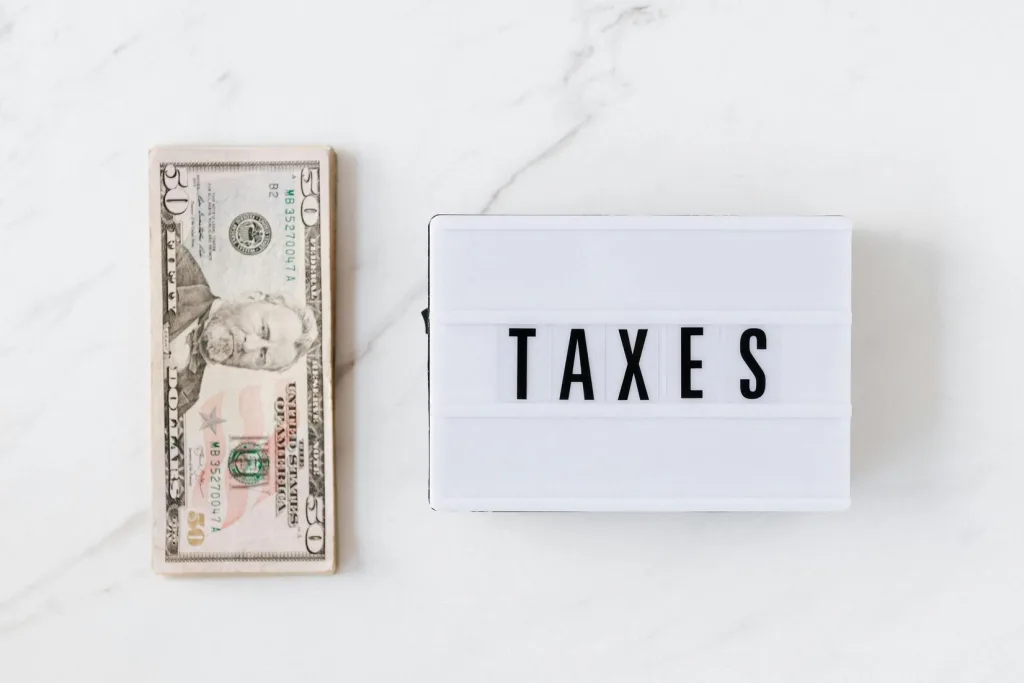Navigating the world of taxes can feel overwhelming, especially if you’re new to the process. Whether you’re a young professional filing for the first time or an international student, understanding Canadian taxes is essential. In this guide, we’ll break it down in simple terms so you can tackle tax season with confidence.
What Are Taxes and Why Do We Pay Them?
Taxes are the primary way the government funds public services like healthcare, education, and infrastructure. In Canada, taxes come in many forms: income tax, sales tax, property tax, and more.
When you earn money, buy goods, or own property, you contribute to these services. The most important for individuals is income tax, which we’ll focus on here. If you’re interested in how your taxes contribute to public services, check out our post on managing personal finances effectively.
Types of Income Tax in Canada
Federal and Provincial Taxes
Canada has a two-tier tax system:
- Federal taxes: Everyone in Canada pays this to the Canada Revenue Agency (CRA).
- Provincial taxes: Depending on where you live, you’ll also pay taxes to your province or territory.
Common Taxable Income
Here are the most common sources of income you’ll need to report:
- Employment income
- Self-employment income
- Investment Income
- Pension or retirement income
Filing Your Tax Return: The Basics
Filing your tax return is how you report your income and calculate if you owe more taxes or are eligible for a refund. Here’s what you need to know:
Step 1: Gather Your Documents
You’ll need several documents, including:
- T4 slips (from employers)
- RRSP contribution receipts
- Investment statements
Keep everything organized to make filing easier.
Step 2: Choose How to File
You can file your taxes in several ways:
- Online: The fastest and easiest method. CRA’s certified software options make it simple.
- Paper filing: Less common but still an option.
- Professional help: Consider an accountant if your tax situation is complex.
Step 3: Submit Before the Deadline
The general deadline for filing your taxes is April 30th. If you’re self-employed, you have until June 15th, but any taxes owed must be paid by April 30th.
Tax Credits and Deductions: Your Best Friends
What Are Tax Credits?
Tax credits reduce the amount of tax you owe. Some popular credits include:
- Basic Personal Amount: A non-refundable credit that applies to most taxpayers.
- GST/HST Credit: Helps low-income individuals with sales tax expenses.
What Are Deductions?
Deductions lower your taxable income, meaning you’ll owe less tax. Common ones include:
- RRSP Contributions
- Childcare Expenses: Parents can claim costs for daycare or babysitters.
Both credits and deductions are crucial for maximizing your refund or minimizing what you owe.
What Happens If You Don’t File?
Failing to file your taxes can lead to serious consequences:
- Penalties and interest: The CRA charges late-filing penalties and interest on any unpaid taxes.
- Loss of benefits: You could lose access to benefits like the Canada Child Benefit or GST/HST Credit.
For more on how missing payments can impact your finances, check out our article on debt management strategies.
Tips for First-Time Filers
Here are some quick tips to make your first tax season smooth:
- Start early: Don’t wait until the last minute.
- Use free resources: CRA offers free tax clinics and helpful guides.
- Double-check your work: Errors can lead to delays or missed benefits.
Conclusion
Understanding Canadian taxes doesn’t have to be daunting. By learning the basics of income tax, credits, and deductions, you can file your taxes confidently and even maximize your refund. Remember, taxes are a necessary part of contributing to the public services that benefit us all.



